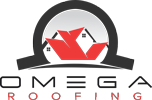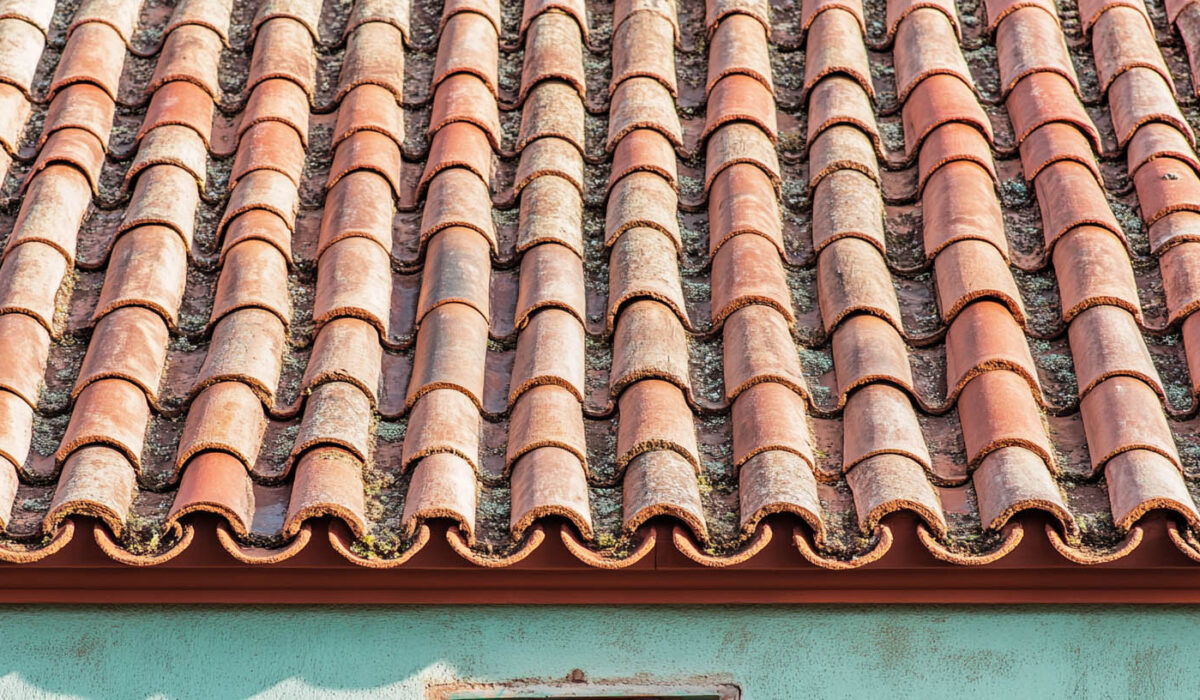When considering roof repairs or replacements, many homeowners explore cost-effective solutions like a roof overlay. While this option may seem appealing, it’s important to weigh the benefits and drawbacks carefully. A roof overlay involves adding a new layer of shingles over an existing one, saving time and money but introducing unique challenges. This guide provides an in-depth look at the pros and cons of a roof overlay to help you make an informed decision.
Understanding Roof Overlay: What It Involves
A roof overlay, also known as a layover, is a roofing process where a new layer of shingles is installed directly on top of an existing roof. This method eliminates the need to remove and dispose of old shingles, offering significant savings in labor and materials. While it appears straightforward, there are critical structural and performance considerations to keep in mind.
The Advantages of a Roof Overlay
Cost savings are one of the most significant benefits of a roof overlay. By avoiding the tear-off process, homeowners can save 20–40% of the total cost compared to a full roof replacement. This approach reduces labor expenses and disposal fees, making it an attractive option for budget-conscious homeowners. Additionally, skipping the tear-off phase significantly shortens the project timeline. This means less disruption to daily life and faster project completion, which is particularly valuable during emergencies or tight schedules. Another benefit is minimal mess and cleanup. With no old shingles to remove and dispose of, a roof overlay generates less waste. This environmentally friendly aspect also results in a tidier job site, reducing the cleanup burden for contractors and homeowners.
The Disadvantages of a Roof Overlay
An overlay can reduce the lifespan of the new roofing layer. The lack of proper ventilation, combined with heat trapped between the two layers, accelerates shingle deterioration. Consequently, a roof overlay may require replacement sooner than a completely new roof. Adding a second layer of shingles significantly increases the weight on your roof’s decking and framing. Over time, this additional load can strain the structural integrity of your home, particularly in older properties or areas prone to heavy snowfall. An overlay prevents a thorough inspection of the roof decking, making it difficult to identify and address underlying issues such as rot, mold, or water damage. These hidden problems may worsen over time, leading to more extensive repairs down the line. Additionally, with two layers of shingles, locating the source of a roof leak becomes more challenging. This can result in higher repair costs and longer repair times, as contractors must navigate the added complexity of diagnosing and fixing the problem. Certain types of shingles, such as architectural shingles, cannot be layered due to their design. Additionally, building codes in some areas may restrict or prohibit overlays, requiring homeowners to opt for a complete tear-off instead.
Roof Overlay vs. Full Roof Replacement: A Comparison
Roof overlays are lower in upfront cost but may lead to increased expenses in the long run due to shortened lifespan and hidden problems. Full roof replacements provide the maximum longevity and durability, ensuring that the roof’s structural integrity and efficiency are maintained.
When a Roof Overlay May Be Suitable
While roof overlays have notable drawbacks, they can be a viable option under specific conditions. The existing roof must be structurally sound with no signs of sagging or damage. Only flat, single-layer roofs are suitable for overlays. For homeowners seeking a temporary solution at a lower cost, overlays offer a cost-effective alternative.
Expert Recommendations
For most homeowners, a full roof replacement is the better long-term investment. It ensures the roof decking is thoroughly inspected, underlying issues are addressed, and the new roof is installed to provide optimal durability and performance. Omega Roofing, LLC, located in Jackson, TN, exemplifies the gold standard in roofing services. As an Atlas Pro-certified contractor, Omega Roofing prioritizes quality craftsmanship and customer satisfaction, delivering tailored solutions that meet each client’s unique needs.
FAQs
Is a roof overlay legal in all areas? No, building codes vary by region. Some areas prohibit overlays to maintain structural safety and compliance.
How much does a roof overlay save compared to a full replacement? On average, a roof overlay costs 20–40% less than a complete tear-off and replacement.
Can a roof overlay be performed on any roof? No, overlays are suitable only for single-layer, flat roofs in good structural condition.
What is the lifespan of a roof overlay? A roof overlay typically lasts 10–15 years, depending on materials and maintenance, compared to 20–30 years for a full replacement.
How do I know if a roof overlay is right for my home? Consult a professional roofing contractor to evaluate your roof’s condition and determine the best option for your needs.
Conclusion
A roof overlay can be a cost-effective solution in specific scenarios but comes with significant limitations and risks. For long-term performance and peace of mind, a full roof replacement remains the superior choice. By working with experienced professionals, homeowners can ensure their roofing investment delivers durability, protection, and value for years to come.
Read also: How to Select the Best Roofing Contractor for Your Needs

